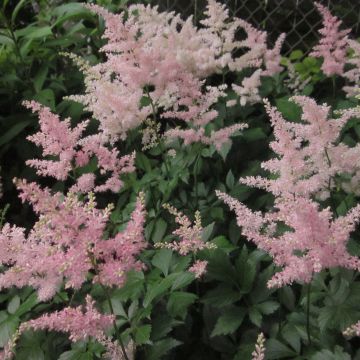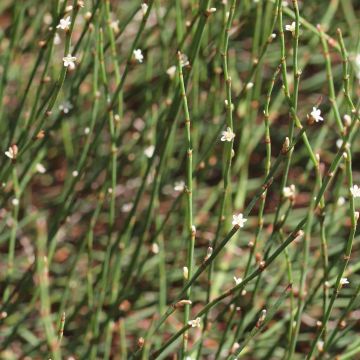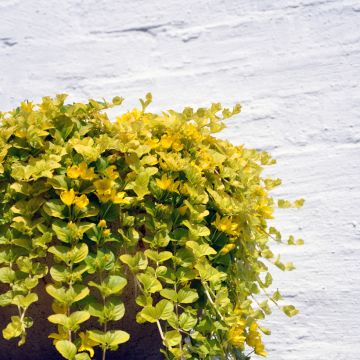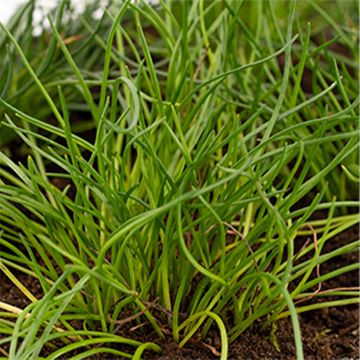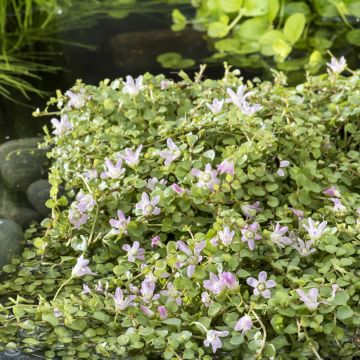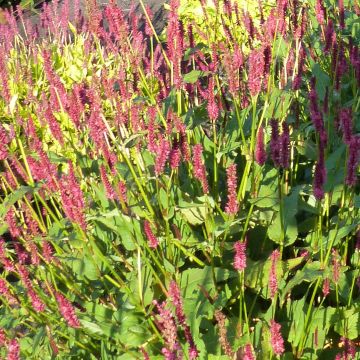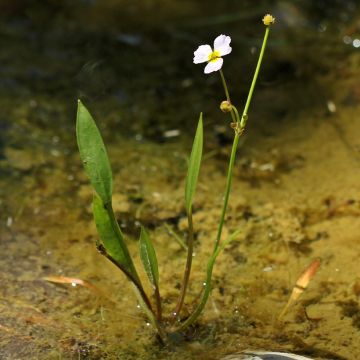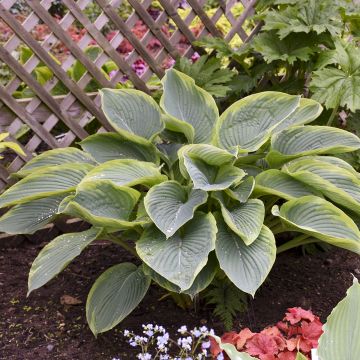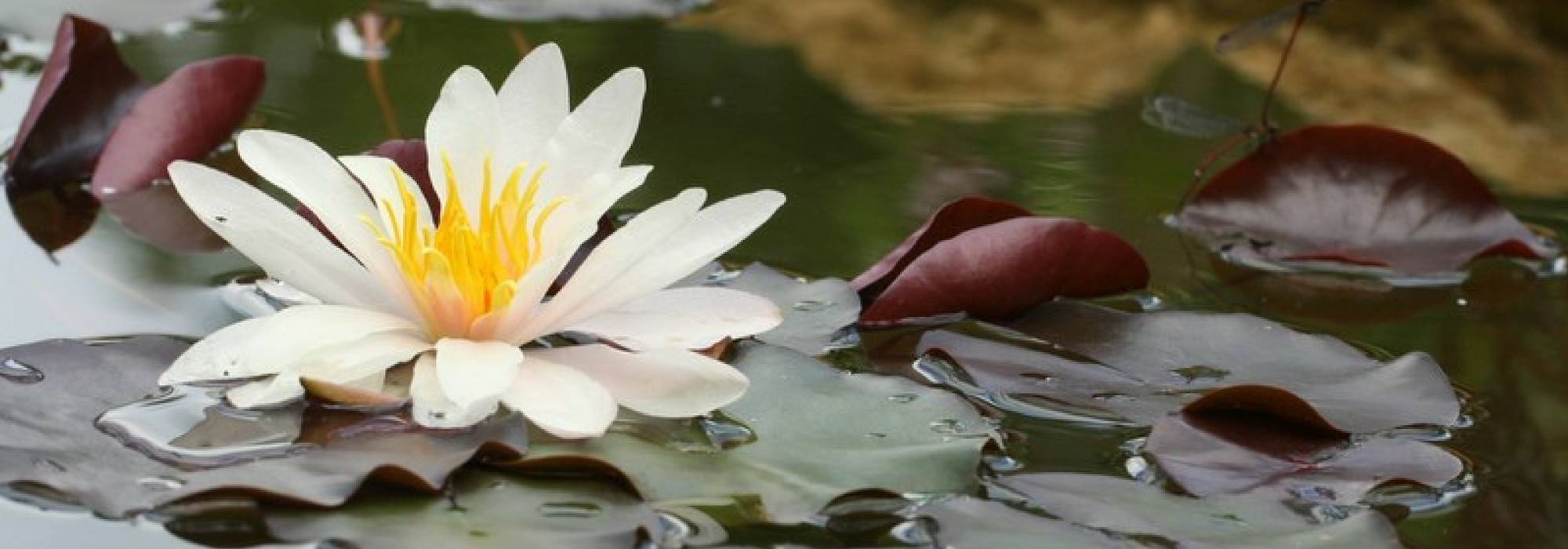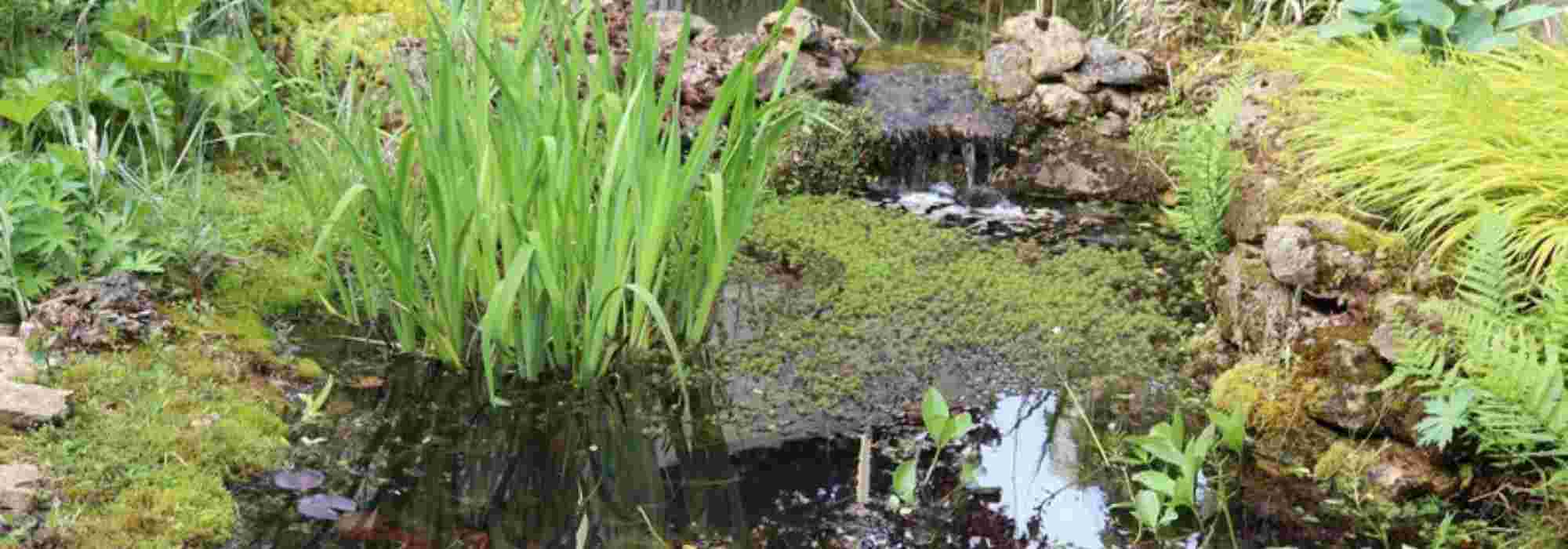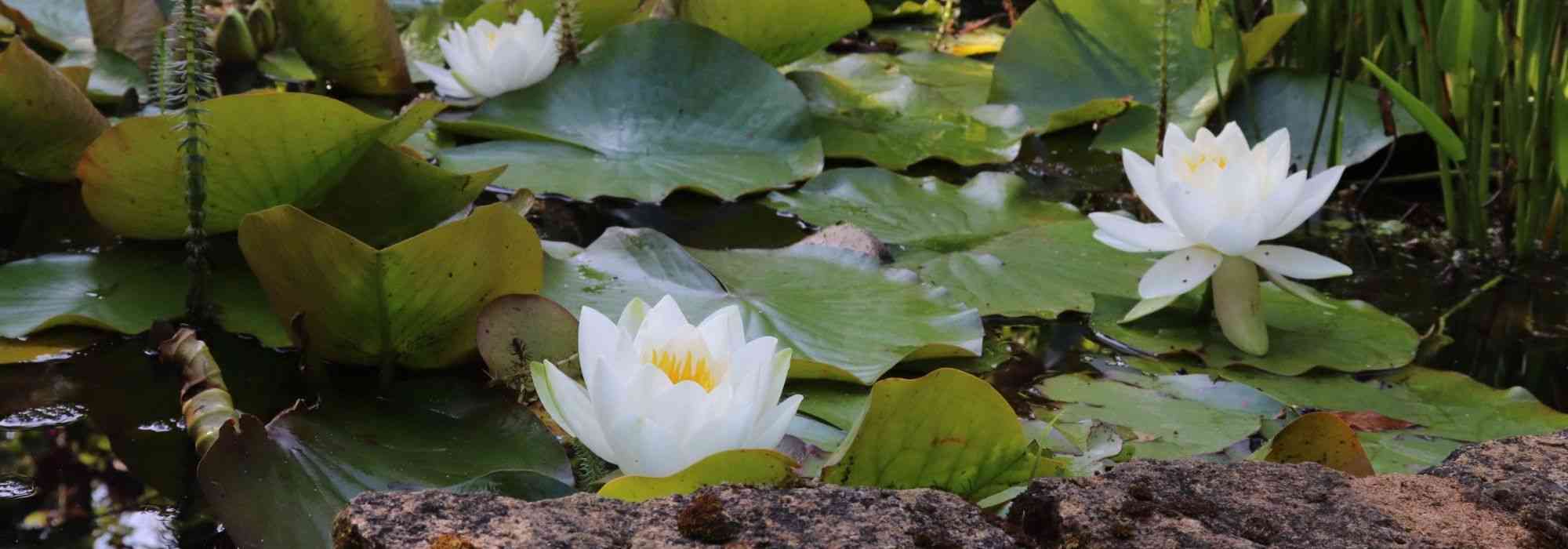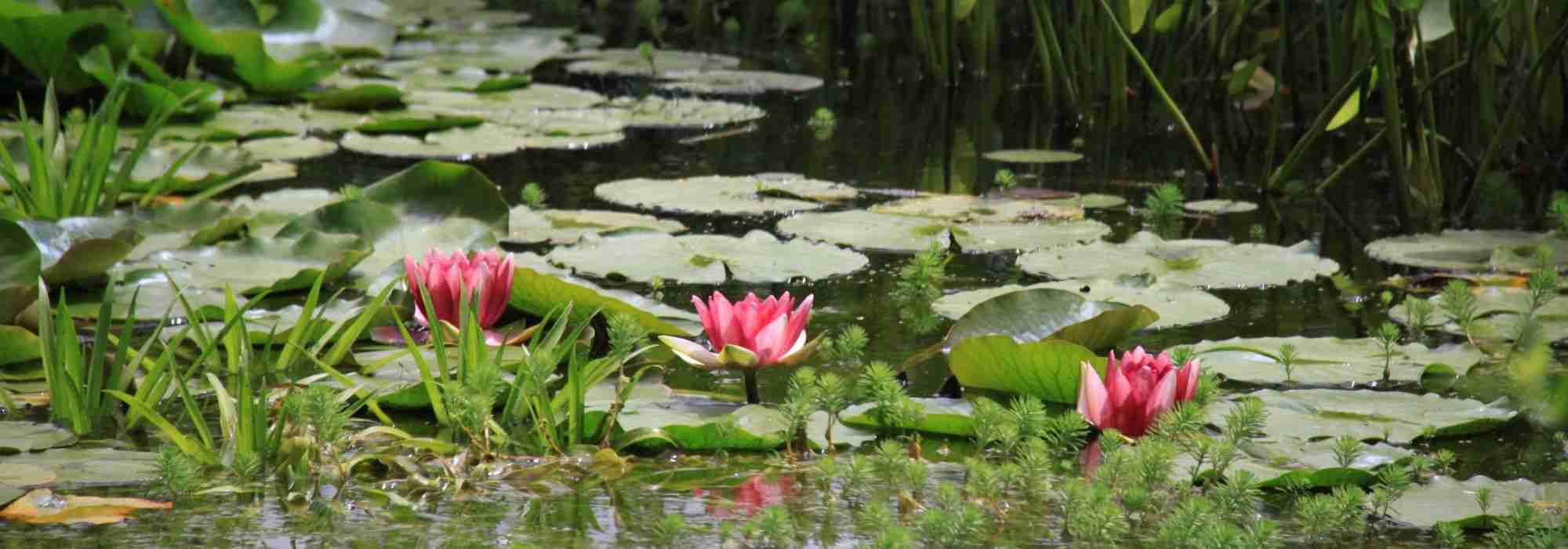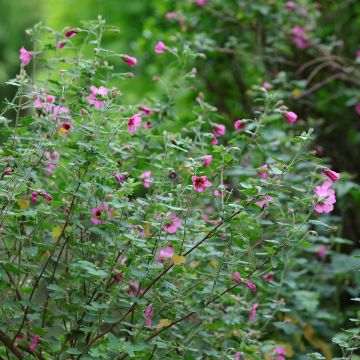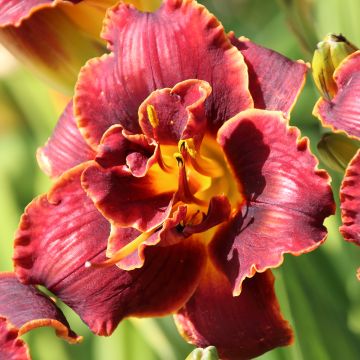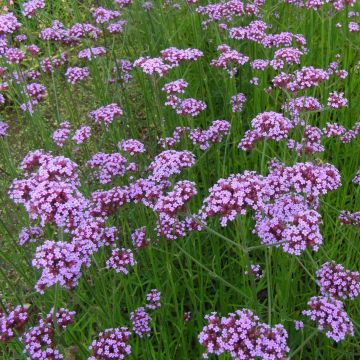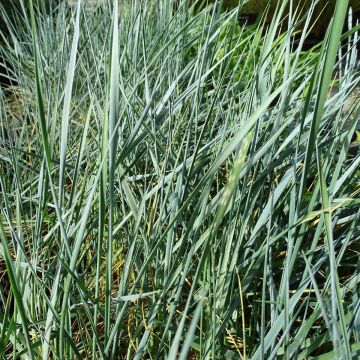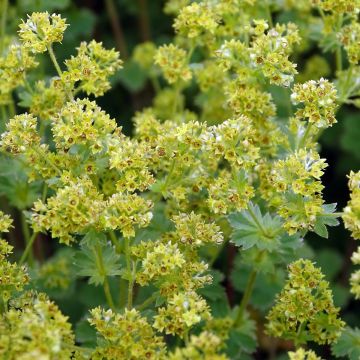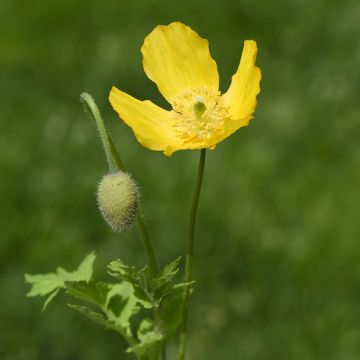

Eriophoron angustifolium
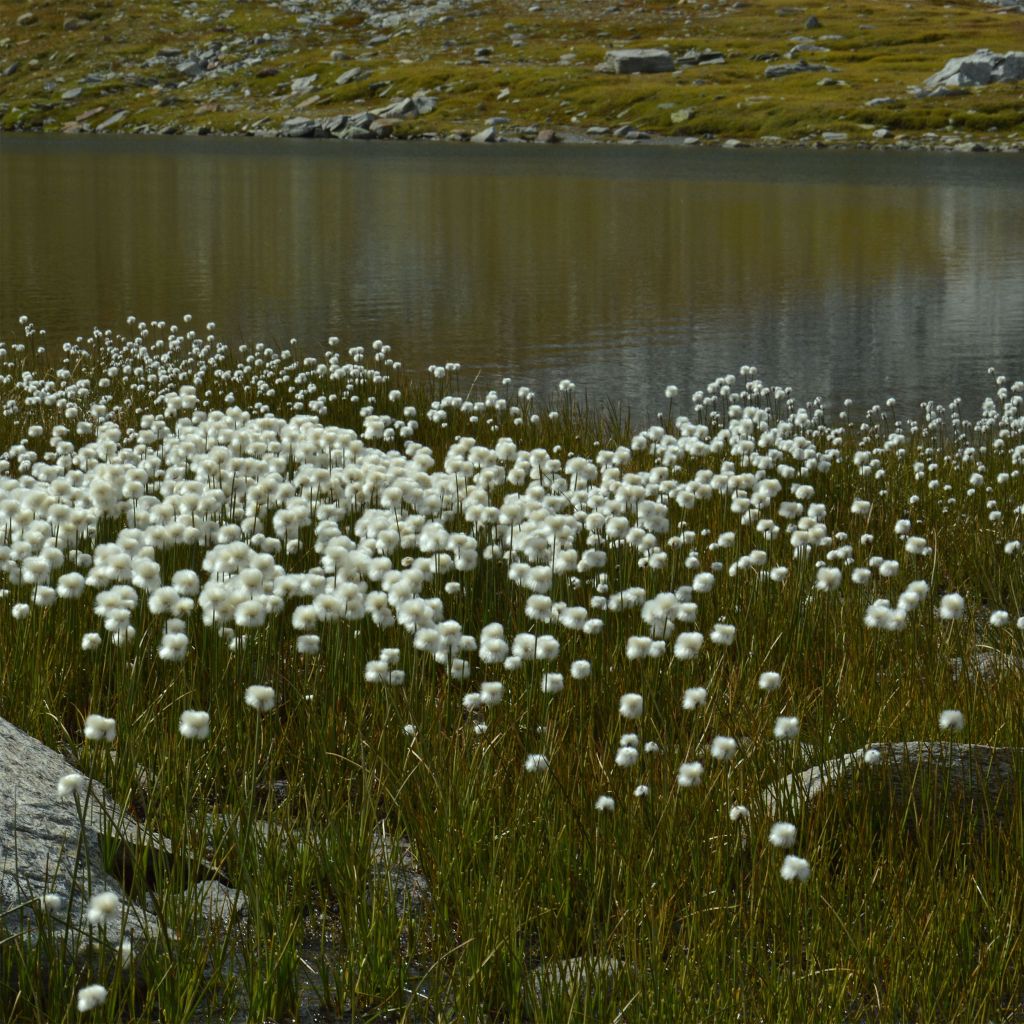

Eriophoron angustifolium


Eriophoron angustifolium
Eriophoron angustifolium
Eriophoron angustifolium
Common Cotton Grass, Common Cotton Sedge, Downy Ling, Tassel Cotton Grass
Received with one or two leaves half wilted and barely visible. Did not recover. Refunded without discussion.
Christine, 03/05/2023
Special offer!
Receive a €20 voucher for any order over €90 (excluding delivery costs, credit notes, and plastic-free options)!
1- Add your favorite plants to your cart.
2- Once you have reached €90, confirm your order (you can even choose the delivery date!).
3- As soon as your order is shipped, you will receive an email containing your voucher code, valid for 3 months (90 days).
Your voucher is unique and can only be used once, for any order with a minimum value of €20, excluding delivery costs.
Can be combined with other current offers, non-divisible and non-refundable.
Home or relay delivery (depending on size and destination)
Schedule delivery date,
and select date in basket
This plant carries a 12 months recovery warranty
More information
We guarantee the quality of our plants for a full growing cycle, and will replace at our expense any plant that fails to recover under normal climatic and planting conditions.

Would this plant suit my garden?
Set up your Plantfit profile →
Description
Eriophorum angustifolium, also known as Narrow-leaved Cotton Grass, grows in wet to marshy areas forming a clump of thin and evergreen leaves. It displays exquisite, pure white, fluffy inflorescences in the summer, resembling frayed cotton. It is best suited to cold climates that promote abundant flowering, along the banks of water bodies or submerged in shallow water. Adorable in bouquets.
Eriophorum angustifolium belongs to the family of Cyperaceae. It is native to northern Europe, Siberia, and North America, and is the only species in its genus that is cultivated. In its natural state, it grows in peat bogs, marshes, wet meadows, and along streams, on acidic soils. The plant reaches a height of 60 cm (24in) when in flower, 40 cm (16in) for the foliage, and spreads up to 40 cm (16in) through its fibrous rhizomes. Flowering occurs in late spring, with insignificant flowers. From June to August, it produces clustered fruits in pendulous spikelets with white and silver bristles measuring 3 to 4 cm (1 to 2in) long. The leaves are 20 cm (8in) long, 2 to 5 mm (0.5in) wide, grooved, pointed at the top, mainly basal. They persist through winter and sometimes have reddish tints.
This Narrow-leaved Cotton Grass is extremely hardy. It requires acidic soil to grow properly. It should be planted in cool to moist conditions, submerged up to 5 cm (2in) in light soil. It thrives in sunny exposures.
The Narrow-leaved Cotton Grass looks stunning surrounded by Siberian irises and works wonders in the border of a waterfall, stream, pond, or basin with its roots easily finding their way through gravel or between rocks, even in seemingly soilless areas. The contrast it creates with scarlet lobelia or purple loosestrife is magical. For a very poetic effect, especially at sunrise or sunset when the light shines through its silky plumes, plant this grass in abundance near a pond or body of water. Create a modern and contemporary bouquet by pairing it with leafless branches from a very dark or black wood.
The Eskimos used the stems, which they believed had invigorating properties, to fix their soles. They also ate the base of these stems and the roots with seal fat.
Report an error about the product description
Eriophoron angustifolium in pictures
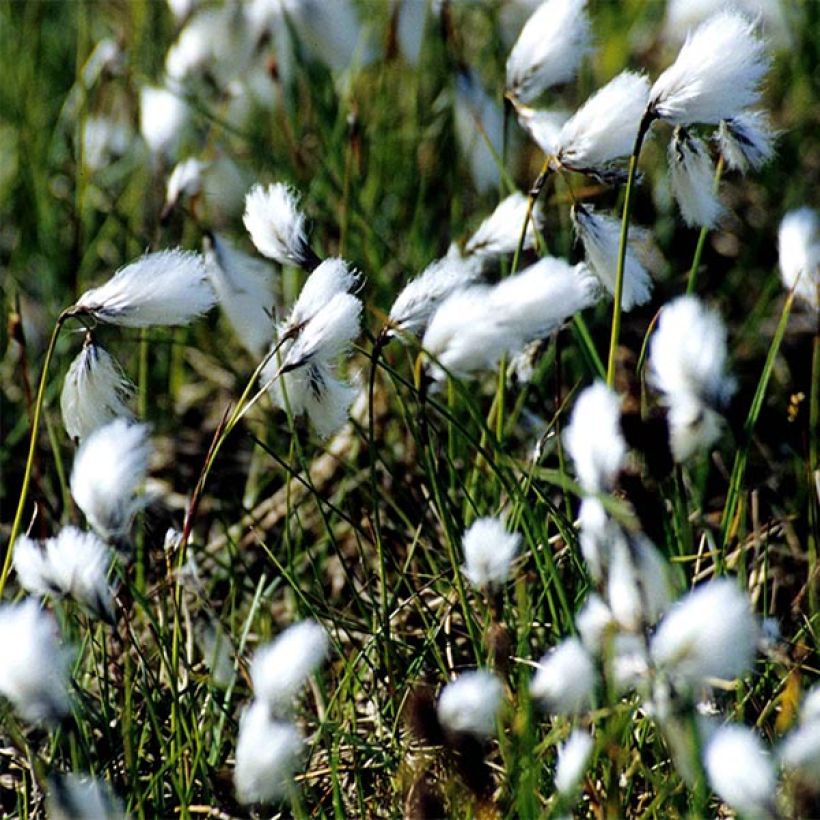

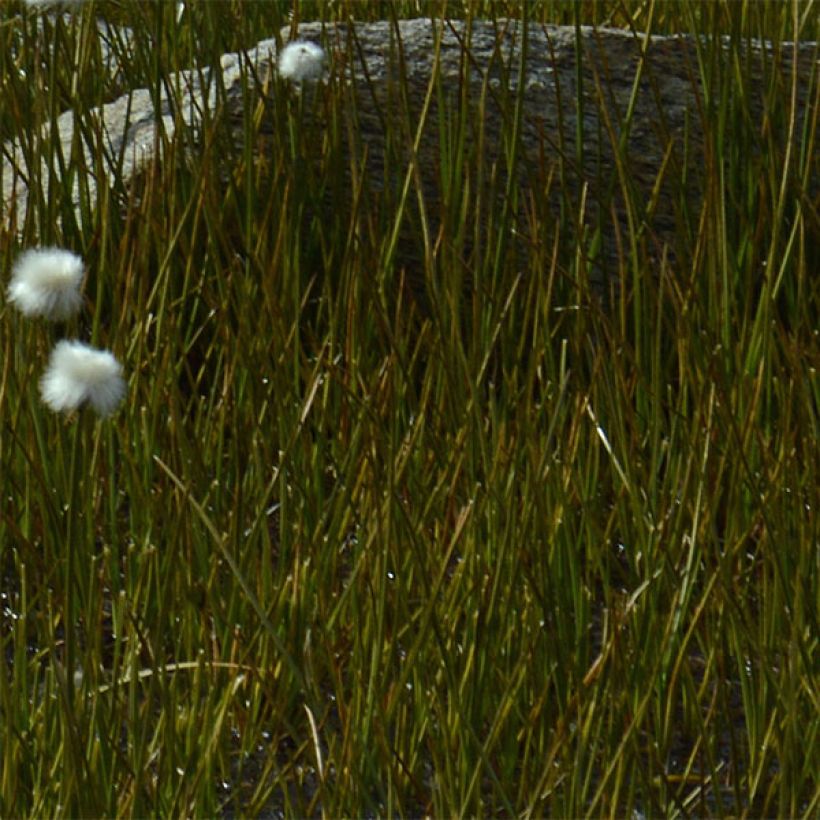

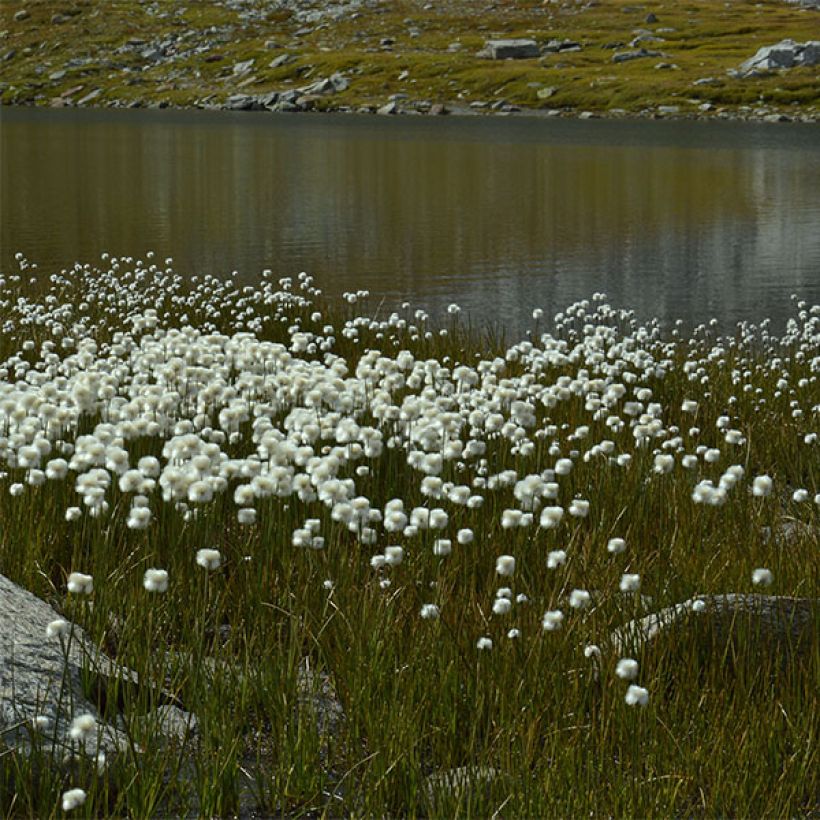

Flowering
Foliage
Plant habit
Botanical data
Eriophoron
angustifolium
Cyperaceae
Common Cotton Grass, Common Cotton Sedge, Downy Ling, Tassel Cotton Grass
Northern Europe
Other Peripheral perennial aquatic plants
View all →Planting and care
Eriophorum angustifolium is an extremely hardy plant. It requires an acidic soil to grow properly. You need to plant it in a damp to moist location, submerged up to 5 cm (2in) of water, in light soil. It appreciates sunny exposures.
Planting period
Intended location
Care
Planting & care advice
-
, onOrder confirmed
Reply from on Promesse de fleurs
Similar products
Haven't found what you were looking for?
Hardiness is the lowest winter temperature a plant can endure without suffering serious damage or even dying. However, hardiness is affected by location (a sheltered area, such as a patio), protection (winter cover) and soil type (hardiness is improved by well-drained soil).

Photo Sharing Terms & Conditions
In order to encourage gardeners to interact and share their experiences, Promesse de fleurs offers various media enabling content to be uploaded onto its Site - in particular via the ‘Photo sharing’ module.
The User agrees to refrain from:
- Posting any content that is illegal, prejudicial, insulting, racist, inciteful to hatred, revisionist, contrary to public decency, that infringes on privacy or on the privacy rights of third parties, in particular the publicity rights of persons and goods, intellectual property rights, or the right to privacy.
- Submitting content on behalf of a third party;
- Impersonate the identity of a third party and/or publish any personal information about a third party;
In general, the User undertakes to refrain from any unethical behaviour.
All Content (in particular text, comments, files, images, photos, videos, creative works, etc.), which may be subject to property or intellectual property rights, image or other private rights, shall remain the property of the User, subject to the limited rights granted by the terms of the licence granted by Promesse de fleurs as stated below. Users are at liberty to publish or not to publish such Content on the Site, notably via the ‘Photo Sharing’ facility, and accept that this Content shall be made public and freely accessible, notably on the Internet.
Users further acknowledge, undertake to have ,and guarantee that they hold all necessary rights and permissions to publish such material on the Site, in particular with regard to the legislation in force pertaining to any privacy, property, intellectual property, image, or contractual rights, or rights of any other nature. By publishing such Content on the Site, Users acknowledge accepting full liability as publishers of the Content within the meaning of the law, and grant Promesse de fleurs, free of charge, an inclusive, worldwide licence for the said Content for the entire duration of its publication, including all reproduction, representation, up/downloading, displaying, performing, transmission, and storage rights.
Users also grant permission for their name to be linked to the Content and accept that this link may not always be made available.
By engaging in posting material, Users consent to their Content becoming automatically accessible on the Internet, in particular on other sites and/or blogs and/or web pages of the Promesse de fleurs site, including in particular social pages and the Promesse de fleurs catalogue.
Users may secure the removal of entrusted content free of charge by issuing a simple request via our contact form.
The flowering period indicated on our website applies to countries and regions located in USDA zone 8 (France, the United Kingdom, Ireland, the Netherlands, etc.)
It will vary according to where you live:
- In zones 9 to 10 (Italy, Spain, Greece, etc.), flowering will occur about 2 to 4 weeks earlier.
- In zones 6 to 7 (Germany, Poland, Slovenia, and lower mountainous regions), flowering will be delayed by 2 to 3 weeks.
- In zone 5 (Central Europe, Scandinavia), blooming will be delayed by 3 to 5 weeks.
In temperate climates, pruning of spring-flowering shrubs (forsythia, spireas, etc.) should be done just after flowering.
Pruning of summer-flowering shrubs (Indian Lilac, Perovskia, etc.) can be done in winter or spring.
In cold regions as well as with frost-sensitive plants, avoid pruning too early when severe frosts may still occur.
The planting period indicated on our website applies to countries and regions located in USDA zone 8 (France, United Kingdom, Ireland, Netherlands).
It will vary according to where you live:
- In Mediterranean zones (Marseille, Madrid, Milan, etc.), autumn and winter are the best planting periods.
- In continental zones (Strasbourg, Munich, Vienna, etc.), delay planting by 2 to 3 weeks in spring and bring it forward by 2 to 4 weeks in autumn.
- In mountainous regions (the Alps, Pyrenees, Carpathians, etc.), it is best to plant in late spring (May-June) or late summer (August-September).
The harvesting period indicated on our website applies to countries and regions in USDA zone 8 (France, England, Ireland, the Netherlands).
In colder areas (Scandinavia, Poland, Austria...) fruit and vegetable harvests are likely to be delayed by 3-4 weeks.
In warmer areas (Italy, Spain, Greece, etc.), harvesting will probably take place earlier, depending on weather conditions.
The sowing periods indicated on our website apply to countries and regions within USDA Zone 8 (France, UK, Ireland, Netherlands).
In colder areas (Scandinavia, Poland, Austria...), delay any outdoor sowing by 3-4 weeks, or sow under glass.
In warmer climes (Italy, Spain, Greece, etc.), bring outdoor sowing forward by a few weeks.






























